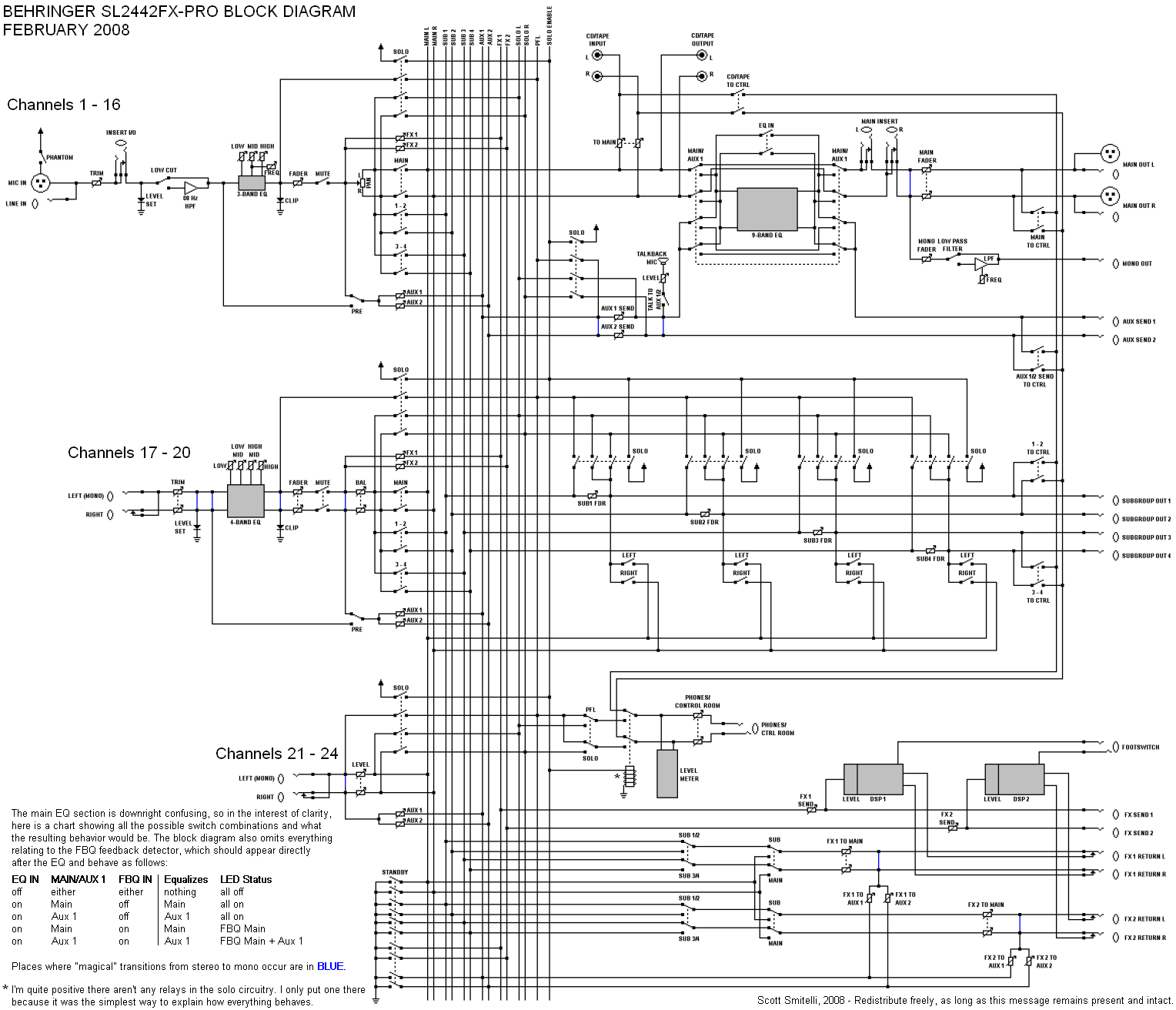12/02/19 Tony Good Morning! Recently and after a long break up, I have been trying to get back into the dating game. After many champagne splashes on my face, Tinder rejections and only xx (not xxx) inside imessages, I have decided to put all of my experience into a guide! 
Plant Characteristics Endangered Species Status No Status Plant Form / Growth Habit • Non-Woody, Clumping Mature Size, Height (in feet) • Herbaceous, Medium, 1-3 • Herbaceous, Tall, Greater than 3 Mature Size, Width 4 or more feet wide. Life Span Short lived (Less than 5 years) Landscape Uses • Accent • Container Additional Landscape Use Information This pōpolo is an essential plant for the Hawaiian herb garden.
The small shrubs are very easy to grow from seed. The seeds can be sown in pots and later transplanted to the gound, or sown directly on the ground in partial sun and watered in. Always keep the site moist. Plants grow as annuals, but sometimes lasting two years. Plant Produces Flowers Yes. Special Features and Information General Information Pōpolo or glossy nightshade ( Solanum americanum) is a member of Solanaceae or the Nightshade family.
There are four species of Solanum native to the Hawaiian Achipelago with one questionably indigenous species, glossy nightshade ( S. Americanum), with juicy edible fruits, and three endemics, pōpolo kū mai ( S. Incompletum), pōpolo ( S.
Nelsonii), and pōpolo ʻaiakeakua ( S. Sandwicense), all of which do not have edible fruits.

Other native members of the Nighshade family include and the indigenous ʻōhelo kai ( Lycium sandwicense) and four species of ʻaiea in the endemic genus Nothocestrum. Some edible family favorites are tomato, potato, eggplant, cape gooseberry or pohā, tomatillo, and green and chile peppers. However, as the family name implies, this group also has some of the deadliest of all plants with sinister names as Apple of Sodom, Angel's trumpet, Porcupine tomato, Thorn apple, Devil's fig, Devil's apple, and Five-Minute plant. Other kin containing toxic chemicals are mandrake ( Mandragora officinarum), Jimsonweed ( Datura stramonium), and tobacco ( Nicotiana spp.). But the 'Queen of Toxins,' and one of our planets deadliest, is Belladonna ( Atropa belladonna), which possess tropane alkaloids. It also goes by the names Devil's berries, Death Cherries, or Deadly nightshade. Then, there are some merely grown for their beautiful flowers like the garden favorites petunias, and the spectacular Golden challice vine ( Solandra maxima).
Etymology The Latin generic name Solanum is derived from solor or solatus, comforter, for some plants in this genus that were used medically, specifically S. Nigrum, once used to treat epilepsy.
The Latin specific epithet americanum, from the Americas or American, refers to the fact that this species orginated in the Americas, the New World, but now is widely distributed in the tropics and warm areas. Hawaiian Names: Besides the above names, all four native species share the Hawaiian name pōpolo, which refers to the plant itself. Pōpolohua is a Niʻihau name for this plant. Background Information Pōpolo ( Solanum americanum) is considered to be either indigenous or an early Polynesian introduction to the Hawaiian Archipelago. Seeds have been found in archaeological sites such as the Mauna Kea Adze Quarry complex (pre-European contact) dating to about 1650, more than a century before Captain James Cook's arrival. [6] Early Hawaiian Use Pōpolo was one of the most important herbs for early Hawaiians. [6] Dye: A blackish purple dye was made from the fruits.